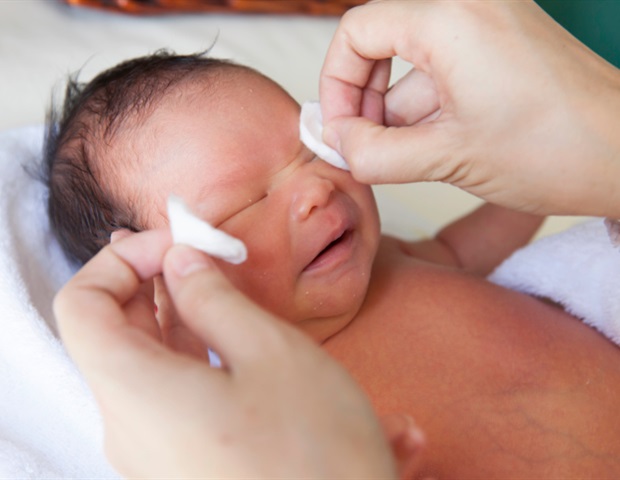Congenital syphilis (CS) is a sexually transmitted bacterial infection that passes from a mother to her child during pregnancy or childbirth. In up to 40% of cases, it may lead to the death of the developing baby in utero or in infancy.
Congenital syphilis rates in California continue to rise each year. A new UC Davis Health study finds that California residents living in small-to-medium counties had higher rates of CS infection and female poverty and lower education levels compared to those in large, metropolitan counties. The study also linked CS infection rates to higher female poverty and lower female education levels.
The study, published in the Journal of Perinatology, is the first to investigate rural-urban differences in CS infection in California, a state experiencing a disproportionate burden of CS cases.
These findings suggest an urgent need for improved access to prenatal treatment services and programs in California's small-to-medium metro counties with relatively high levels of poverty or low levels of education."
Juliet Fang, study's lead author
California's alarming rise in congenital syphilis cases
The California Department of Public Health reported CS cases in California increased by nearly 900% from 2012 to 2018.
The study reviewed data for all 58 California counties from the years 2019 and 2020. Data on CS incidence per 100,000 live births were collected from the California Department of Public Health. Socioeconomic data were obtained from the U.S. Census Bureau. These include county populations, female poverty rates (defined by the number of females living under the poverty threshold per 100,000 population), female health insurance coverage, education levels and English-language speaking ability.
California counties were divided into three categories based on population:
- Rural (counties with a population of fewer than 50,000 residents)
- Small-to-medium (counties with a population of 50,000 to 999,999 residents)
- Large metropolitan (counties with 1 million or more residents)
In 2019, 440 CS cases (99.9 cases per 100,000 live births) were reported in California. Small-to-medium metro counties reported statistically higher CS incidence rates than large metro counties in 2019. The counties with the highest CS incidence rates were Kern, San Joaquin and Fresno, with 297.5, 297 and 277.6 CS cases per 100,000 live births, respectively.
From 2014-2019, the CS incidence per 100,000 live births generally increased in each county. The counties with the highest CS incidence rates (Kern, San Joaquin, Fresno) make up the dominant agricultural region of California's Central Valley. The Central Valley also had the highest poverty rates in the state.
The study found statistically significant adjusted associations of CS infection rates with the number of women in poverty and the number not graduating high school. Counties with relatively higher numbers of high-school graduates had much lower incidences of CS.
"The Central Valley region was identified as needing urgent public health action to address the ongoing congenital syphilis crisis. Careful, targeted consideration of California's population in the small-to-moderate counties when implementing preventive strategies for congenital syphilis is strongly recommended based on the study's findings," Fang said.
Improved access to prenatal services is needed
The study's researchers recommend that prenatal health care providers in California's small-to-medium counties strictly adhere to the Centers for Disease Control and Prevention (CDC)'s recommendations. They call for identifying and treating mothers with syphilis during the initial prenatal visit, during the third trimester and at delivery. If perinatal syphilis infection is detected at any of these three points, proper treatment and partner screening should follow.
The study's co-authors included Rona Silva, Daniel Tancredi, Kent Pinkerton and Deepika Sankaran of UC Davis Health.
This study was supported in part by a grant from the Children's Miracle Network at UC Davis and grants from the National Institute for Occupational Health and Safety (U54 OHO7550) and the National Institutes of Health (P51 OD011107).
University of California – Davis Health
Fang, J., et al. (2022) Examining associations in congenital syphilis infection and socioeconomic factors between California’s small-to-medium and large metro counties. Journal of Perinatology. doi.org/10.1038/s41372-022-01445-y.
Posted in: Child Health News | Medical Research News | Women's Health News
Tags: Baby, Childbirth, Children, Congenital Syphilis, Education, Health Care, Health Insurance, In Utero, Language, Occupational Health, Perinatology, Poverty, Pregnancy, Prenatal, Public Health, Research, Syphilis
Source: Read Full Article
